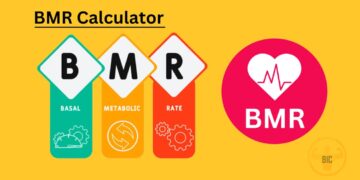Introduction
The term “microcycle” often surfaces in sports and fitness training, leaving many curious about its significance and application. In this comprehensive guide, we will delve into the intricacies of microcycles, shedding light on their role in optimizing athletic performance and how they fit into broader training programs.
Understanding the Basics
What is a Microcycle?
A microcycle is a fundamental concept in periodization, a structured approach to training that aims to achieve peak performance by dividing the overall training plan into manageable phases. A microcycle represents the shortest training cycle, typically spanning one week.
The Building Blocks
A microcycle consists of various training sessions with unique objectives, intensity levels, and exercises. These sessions are designed to improve the athlete’s overall progress and skill development.

The Importance of Microcycles
Progressive Overload
Microcycles play a pivotal role in the principle of progressive overload. By gradually increasing training intensity and volume throughout a microcycle, athletes can adapt to the demands on their bodies, leading to enhanced performance.
Injury Prevention
Structured microcycles allow for proper rest and recovery periods. This helps prevent overtraining and reduces the risk of injuries, ensuring athletes can train consistently and safely.
Designing an Effective Microcycle
Setting Goals
The first step in creating a microcycle is establishing clear and specific training objectives. These goals will guide the selection of exercises, intensity levels, and rest periods for each training session.
Exercise Selection
They select the right exercises tailored to the athlete’s sport and goals. Strength, endurance, speed, and skill-based activities should be strategically integrated into the microcycle.
Intensity and Volume
Microcycles should incorporate variations in training intensity and volume. This can include high-intensity days for skill refinement and lower-intensity days for recovery.
Tracking Progress
Keeping a Training Log
Athletes should maintain a detailed training log to monitor their progress throughout the microcycle. This helps in making necessary adjustments to the training plan.
Analyzing Results
At the end of a microcycle, athletes should analyze their performance and assess whether they have met their goals. This evaluation informs future training cycles.
Adapting to Individual Needs
Customization
Microcycles should be tailored to an athlete’s individual needs and weaknesses. Flexibility in adjusting the training plan is essential for optimizing results.
Conclusion
In conclusion, microcycles are the cornerstone of effective training programs. By understanding their role and implementing them strategically, athletes can achieve peak performance while minimizing the risk of injuries and overtraining.
FAQs
How long does a typical microcycle last?
A microcycle typically spans one week, but the duration can vary depending on the athlete’s specific goals and needs.
Can beginners benefit from microcycle training?
Yes, microcycles can be adapted to suit athletes of all levels, including beginners. The key is to start with manageable intensity and gradually progress.
Are microcycles only for athletes?
While microcycles are widely used in sports training, they can also be applied to general fitness programs to promote consistent progress and prevent plateaus.
Should I consult a coach or trainer to design my microcycle?
It is advisable to seek guidance from a qualified coach or trainer when designing a microcycle, especially if you are new to structured training programs.
Where can I access more resources on microcycle training?
For additional resources and in-depth guidance on microcycle training, access the following.














































